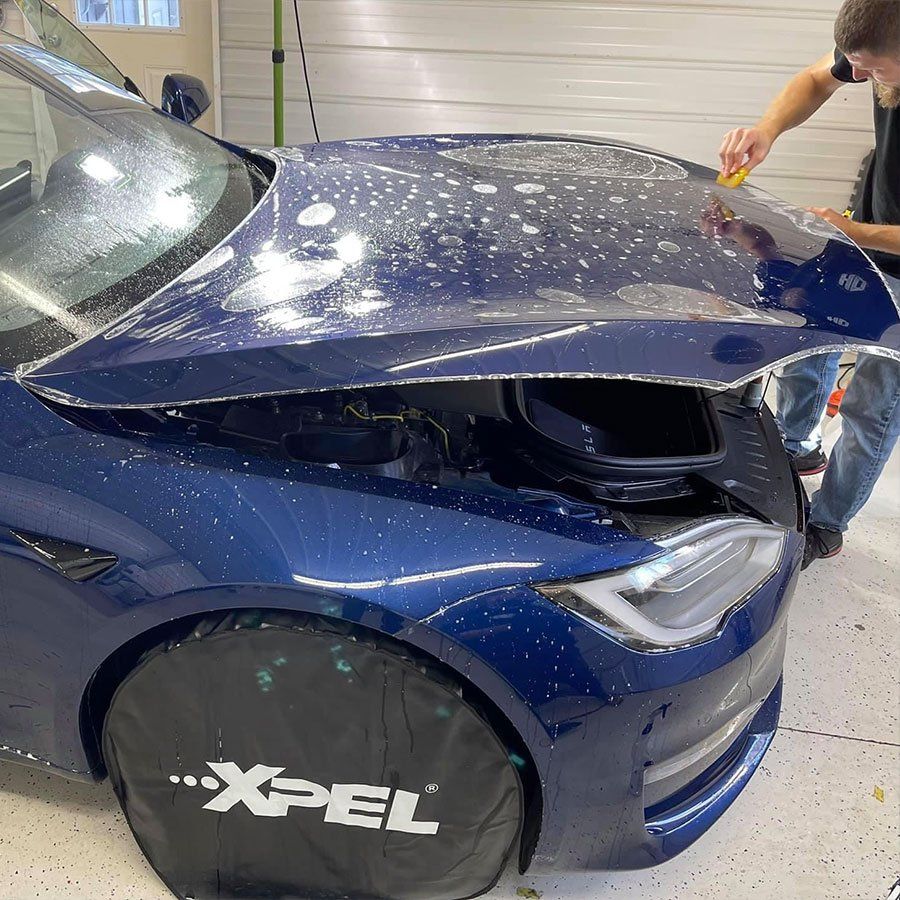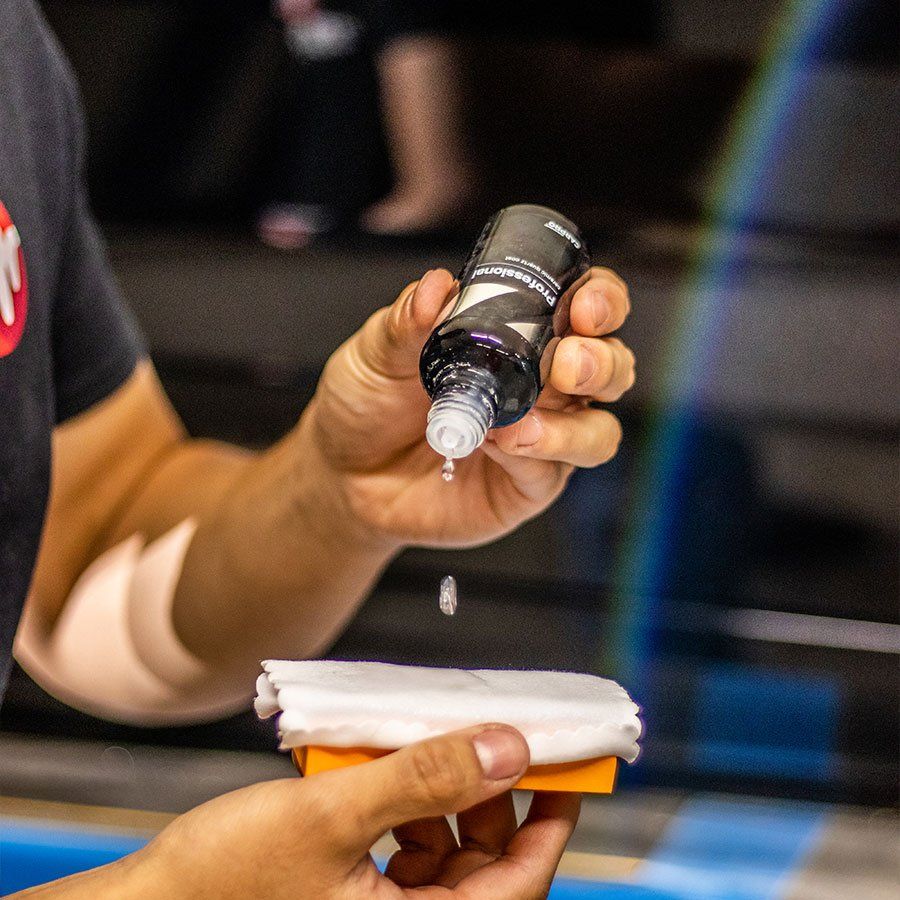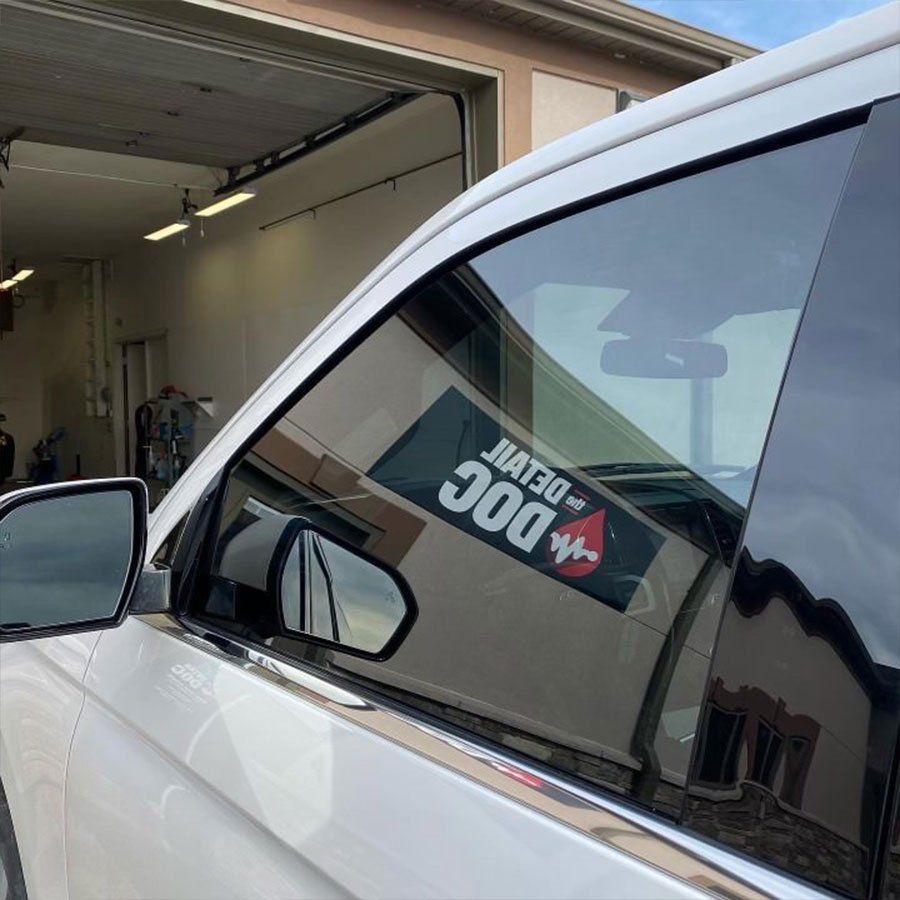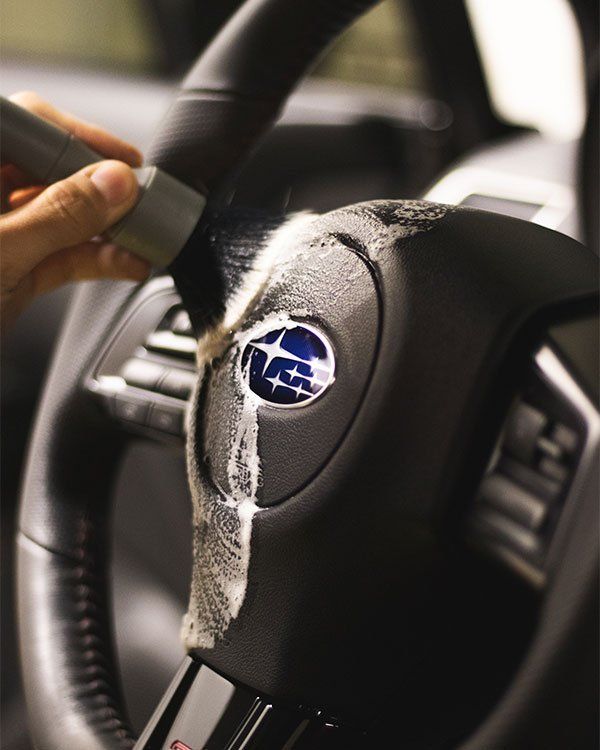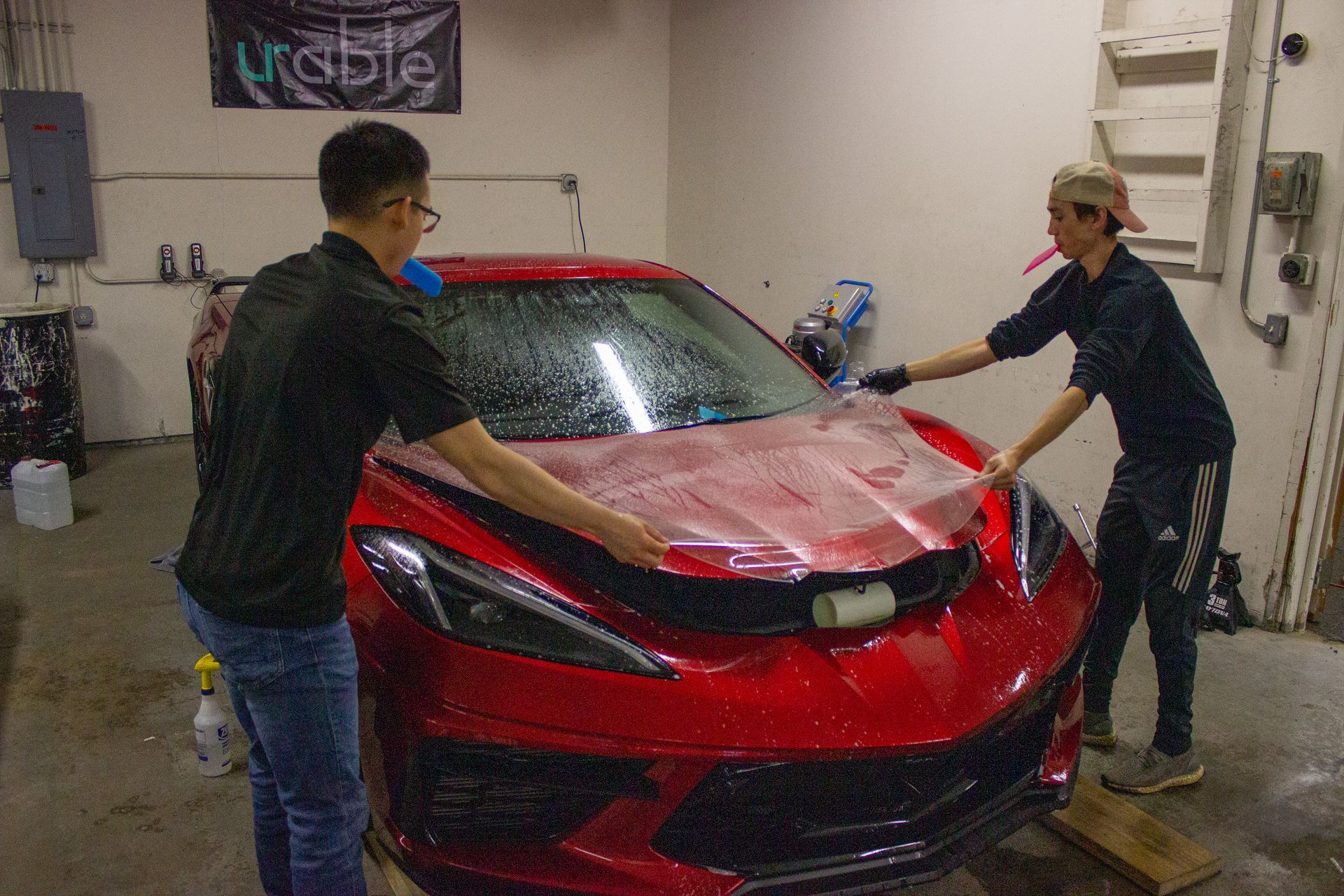When it comes to protecting your vehicle, Paint Protection Film (PPF) often tops the list as a go-to solution. But can you really slap this miracle film over paint imperfections and expect it to hold up? The truth is, while PPF can provide fantastic protection against scratches and chips, applying it over existing flaws isn’t the best idea. Not only can it lead to issues like bubbling or peeling, but it could ultimately compromise the very protection you’re looking for. Before diving into the world of PPF, let’s explore why addressing paint imperfections is crucial for achieving the smooth, flawless finish that every car owner dreams of.
Applying Paint Protection Film (PPF) over existing paint imperfections is generally discouraged, as it may lead to adhesion issues and visual flaws such as bubbling or peeling. For optimal results, it is recommended to repair any significant paint defects before PPF application to ensure a smooth and durable finish.
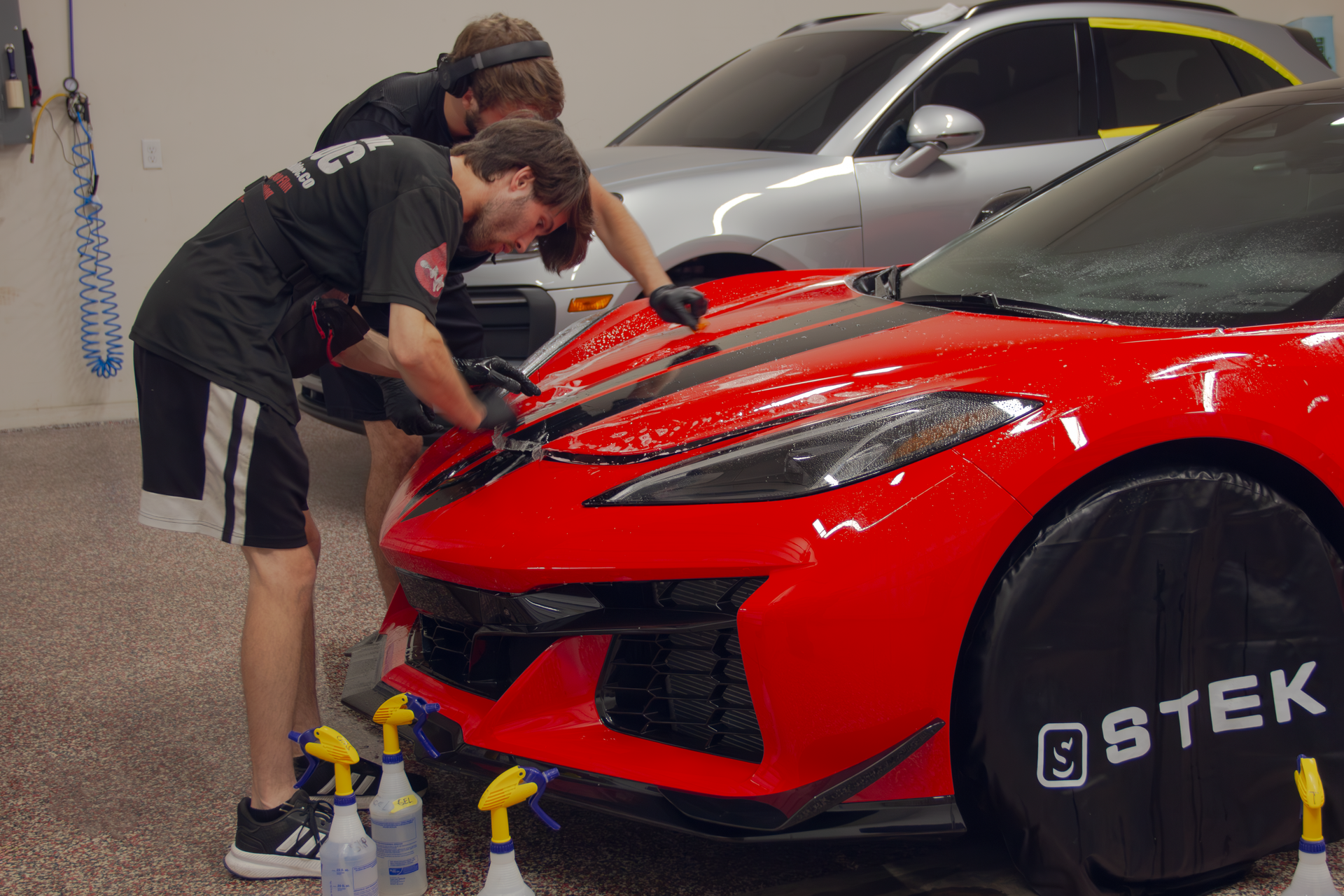
Applying PPF Over Paint Imperfections
Applying Paint Protection Film (PPF) over existing paint imperfections is a complex topic that involves multiple factors. First and foremost, our focus should be on the surface quality of the vehicle before PPF installation. A clean and smooth surface is essential for optimal adhesion. Many enthusiasts wonder if minor issues can simply be covered up with the film, which leads to important discussions about what happens beneath the surface.
When thinking about the application of PPF, consider how imperfections might affect both its aesthetic and functional properties. While minor flaws like swirl marks often become less visible under high-quality PPF, deeper scratches or chips can cause pronounced issues down the line. Such imperfections can lead to trapped air bubbles between the film and the paint, compromising durability. After all, PPF, typically an 8-mil thick clear coat, is designed primarily to protect against chips and scratches rather than to conceal substantial paint flaws.
A critical aspect to bear in mind is that applying PPF without addressing underlying imperfections may void warranties offered by certain manufacturers. This highlights an essential point: when contemplating your choice between simply applying PPF or investing in paint correction beforehand, professional advice is invaluable. Experts often recommend an inspection for deep-set flaws prior to application—after all, who wants to face peeling or bubbling issues in a few months?
While some enthusiasts suggest that factory paint may be acceptable without correction, many still prefer their vehicle to be in pristine condition prior to the protective coating application. Treating those noticeable defects not only ensures that your car looks its best but also prolongs the lifespan of both the paint underneath and the protective film above.
As you weigh these considerations, remember that your choice will directly influence not only the appearance of your vehicle but also how effectively it is protected moving forward. With this context in mind, it’s essential to explore how these choices can impact both potential benefits and drawbacks.
Benefits and Drawbacks of PPF on Imperfect Surfaces
First, let’s explore the benefits that applying Paint Protection Film provides. One of the primary advantages is its ability to hide minor imperfections; a well-applied PPF can give your car a cleaner look, covering up small blemishes that might detract from its overall appearance.
Additionally, PPF serves as a barrier against chips and scratches, safeguarding your valuable paint job from the daily rigors of driving. This protective layer not only enhances the shine but also extends the life of your vehicle's paint, making it a favored choice among auto enthusiasts.
Interestingly, PPF can actually enhance the vehicle's aesthetics by providing a glossy finish that many drivers find appealing. It’s almost like adding a clear coat to your paint, but with an extra layer of defense.
However, while these benefits sound fantastic, there are drawbacks worth noting. Applying PPF over surfaces that exhibit deep scratches or rust can pose significant challenges. In many cases, this film may struggle to adhere properly.
If dirt or debris gets trapped beneath the film during application, it could lead to unsightly visual flaws and potential peeling over time. This brings us to an important consideration: if deeper imperfections exist in the paint beneath the film, they won’t just disappear; they may even become more pronounced over time.
Another point worth mentioning is that while premium PPFs possess self-healing properties capable of repairing minor abrasions, this should not be mistaken for a solution to poorly prepped surfaces. The film cannot tackle substantial defects effectively.
Moreover, without proper installation—often best conducted by professionals—you may encounter bubbling or other unappealing results, which compromise not only the appearance but also the function of the protective film.
Before considering PPF installation on an imperfect surface, it is important to carefully consider these factors. Addressing minor and major paint issues beforehand gives you much better odds of achieving a flawless final look and maximizing the effectiveness of your investment in protection.
Understanding both sides of this discussion is crucial as we move forward into how to prepare surfaces for optimal PPF application.
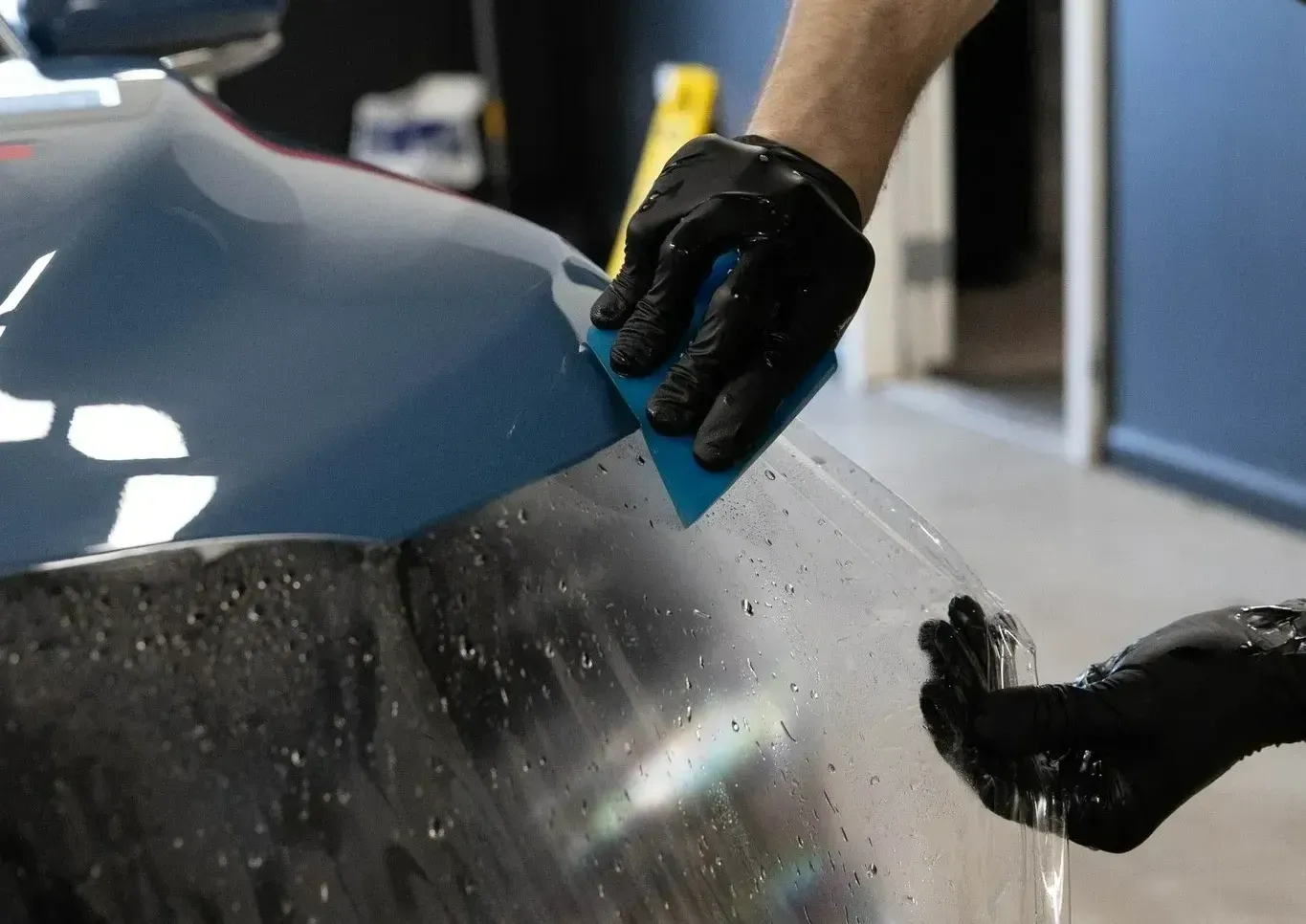
Long-Term Care Strategies
To truly maximize the life of your ceramic coating, having well-planned long-term strategies is vital. One significant recommendation is to avoid automatic car washes altogether. While they may seem convenient, the harsh brushes and cleaning chemicals can inadvertently cause micro-swirls on your ceramic finish.
Instead, consider adopting manual washing practices or utilizing touchless car washes when you're in a hurry; these options are much gentler on your vehicle's surface.
Beyond just daily and weekly maintenance, it's essential to plan for scheduled professional detailing every 6 to 12 months. Regular inspections by professionals—who understand the intricacies of ceramic coatings—can highlight any issues before they escalate into larger problems. Many detailing services provide packages specifically designed for maintaining ceramic coatings, including rejuvenation treatments and thorough cleaning processes that go beyond what at-home care can achieve.
For many vehicle owners, investing in professional detailing not only extends the lifespan of their ceramic coating but also pays dividends in maintaining a consistently immaculate appearance. Customers often report satisfaction with their vehicles remaining cleaner for longer periods, cutting down on the frequency of their personal upkeep efforts.
It’s worth noting that regular checks can help detect signs of wear and tear early on, allowing you to address issues pertaining to contaminants or minor damages promptly. An attentive approach could mean more time enjoying your vehicle and less dealing with future repairs or reapplications of coating.
Another component to consider is regular visual inspections of your vehicle. Look for signs such as dullness or water no longer beading off the surface as effectively as it did immediately after application. If you notice these changes, it may signal a need for a ceramic booster treatment or an appointment with your detailer.
Additionally, it’s good practice to keep your vehicle parked under cover or in shaded areas when possible. This not only protects the coating from UV damage but also minimizes exposure to environmental contaminants like bird droppings and tree sap that can adhere strongly to surfaces over time.
After all, we love our cars almost as much as we love our homes; think of this maintenance routine as giving your vehicle a spa day—one that's crucial if you want it looking its best for years to come!
Each decision counts toward maintaining that stunning glossy finish—a worthy goal for any proud car owner!
As attention turns now toward understanding common pitfalls in maintaining your vehicle's shine, being aware of these mistakes will further enhance your ceramic coating experience.
Common Mistakes to Avoid
One prevailing mistake that many car owners make is using the wrong cleaning products. It's tempting to reach for whatever cleaner you might have on hand, but harsh chemicals or anything with acidic properties can deteriorate the protective ceramic coating over time. Not only do these products strip away the shine, but they also compromise the integrity of the coating itself.
Instead, always opt for pH-neutral options specifically designed for ceramic coatings. These gentle cleaners preserve the coating’s hydrophobic properties while effectively removing dirt and grime. Think of it as choosing a gentle shampoo for your hair—it keeps it healthy and vibrant instead of damaged and lackluster.
Similarly, your choice of tools is just as crucial in maintaining your vehicle's pristine condition.
Another common oversight is improper drying techniques after washing the car. You may think that any old towel will do, but using chamois leather or regular towels can lead to swirls on the surface of your ceramic coat. This can ruin the smooth finish you've worked hard to protect.
Opting for high-quality microfiber towels is not merely a suggestion; it's a necessity! These towels are softer and more absorbent than their counterparts, making them safe and effective for drying without harming your car's delicate exterior. Think of it like using silk sheets instead of sandpaper for sleeping—one provides comfort while the other creates discomfort.
As we explore care techniques, there's also a matter of swift action regarding contamination.
Neglecting immediate contaminants is another prevalent error. It’s easy to overlook bird droppings, tree sap, or bug splatters until they leave unsightly marks or etch into the coating itself. The key here is urgency; ideally, you’ll want to carry a quick detailer spray along with a clean microfiber towel in your car at all times for those unexpected moments when nature tries to sabotage your vehicle's appearance.
When you notice any contamination, attend to it immediately before it can bond with the ceramic coating. Imagine being in an art gallery where a small splash quickly becomes an irreversible stain on an artwork—prevention is always better than cure!
By avoiding these common mistakes, you'll find that maintaining your ceramic-coated vehicle is not only easier but significantly more effective in preserving its gleam and protection.
In summary, choosing the right cleaning products and tools, acting swiftly against contaminants, and performing regular maintenance are key to preserving your investment in a ceramic-coated vehicle. For more detailed assistance on keeping your vehicle in top shape, feel free to reach out at The Detail Doc or call us at (989) 244-0505!

